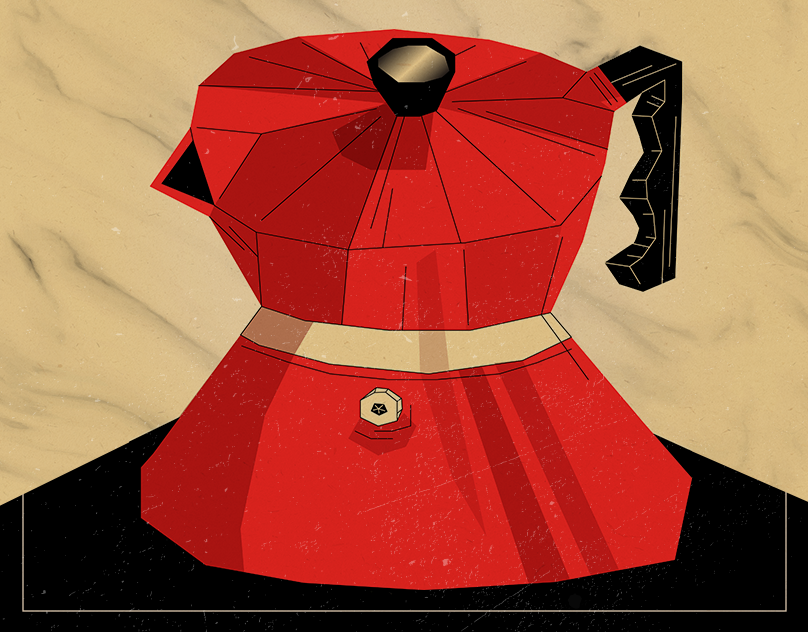


I’m a huge fan of Twitter and have come across some amazing design thinkers over the years. But without injecting too much of my personal reasoning behind why I think being relevant in social media as a designer is important (inspiration, meet-ups, meaningful connections), I have a point to make.
While trolling my usual hangouts - I ran across Zoltán Gócza, a Hungarian user experience designer and brain child of UX Myths website uxmyths.com. I found this tasty gem and really enjoy the work he has put into it. While I work to visually translated all 34 myths, please enjoy this small sample.

Build your product based on evidence, not false beliefs.

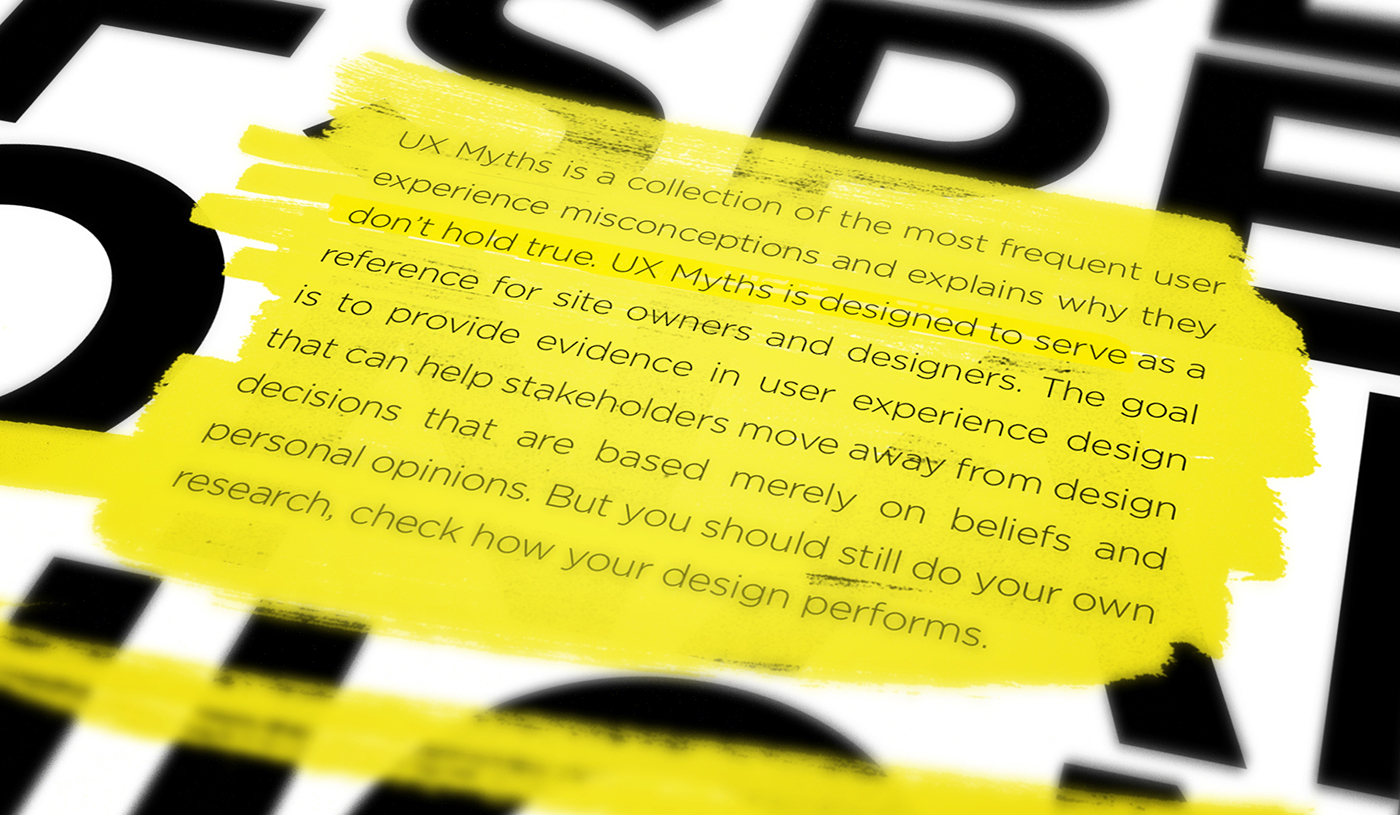



"UX Myths collects the most frequent user experience misconceptions and explains why they don't hold true. And you don't have to take our word for it, we'll show you a lot of research findings and articles by design and usability gurus."
mmmm, data...

Jakob Nielsen’s usability tests found that “users’ ability to find products on an e-commerce site increased by 600 percent after the design was changed so that products were 4 clicks from the homepage instead of 3.” from the book Prioritizing Usability, quoted in Highlights from Prioritizing Web Usability.

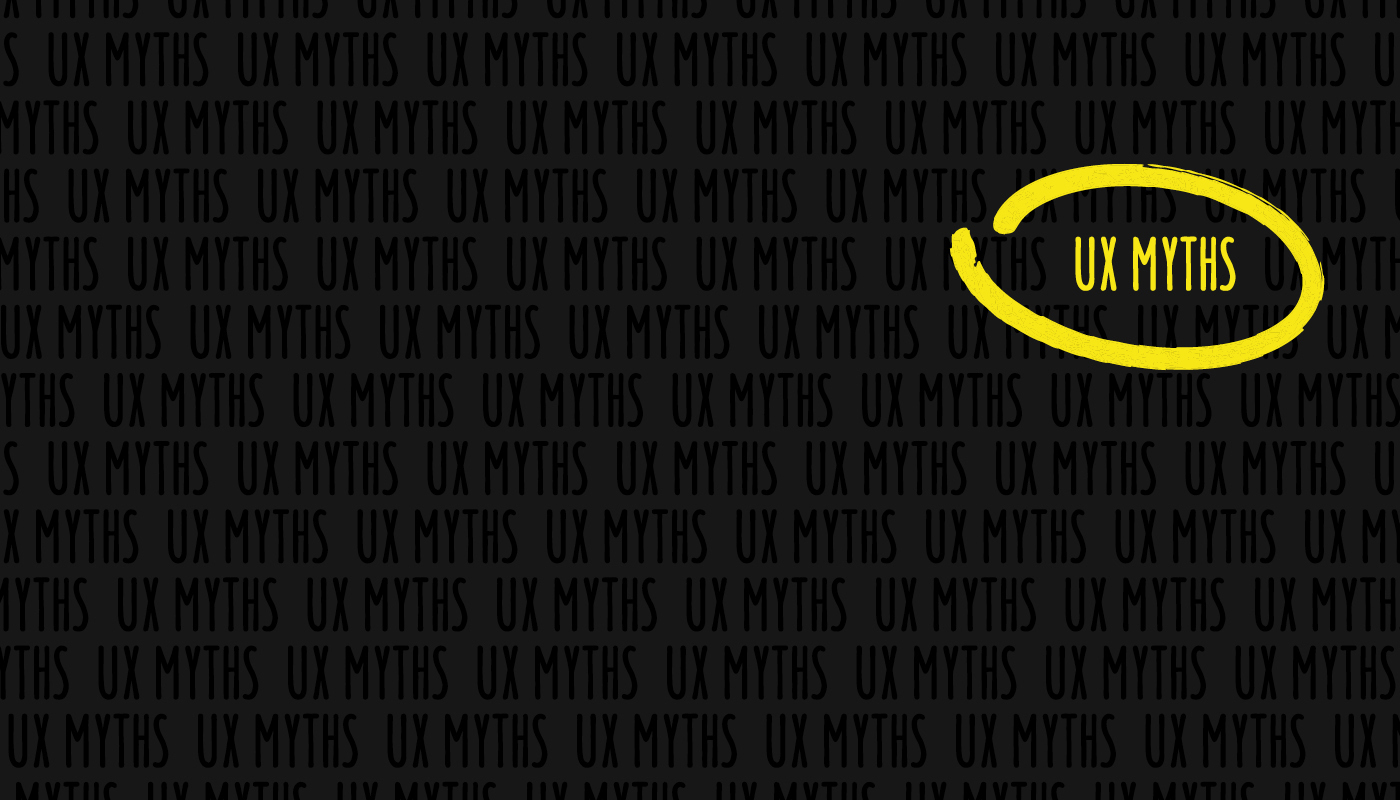


Do you want something that looks pretty, or something that is awesome?
I like awesome things
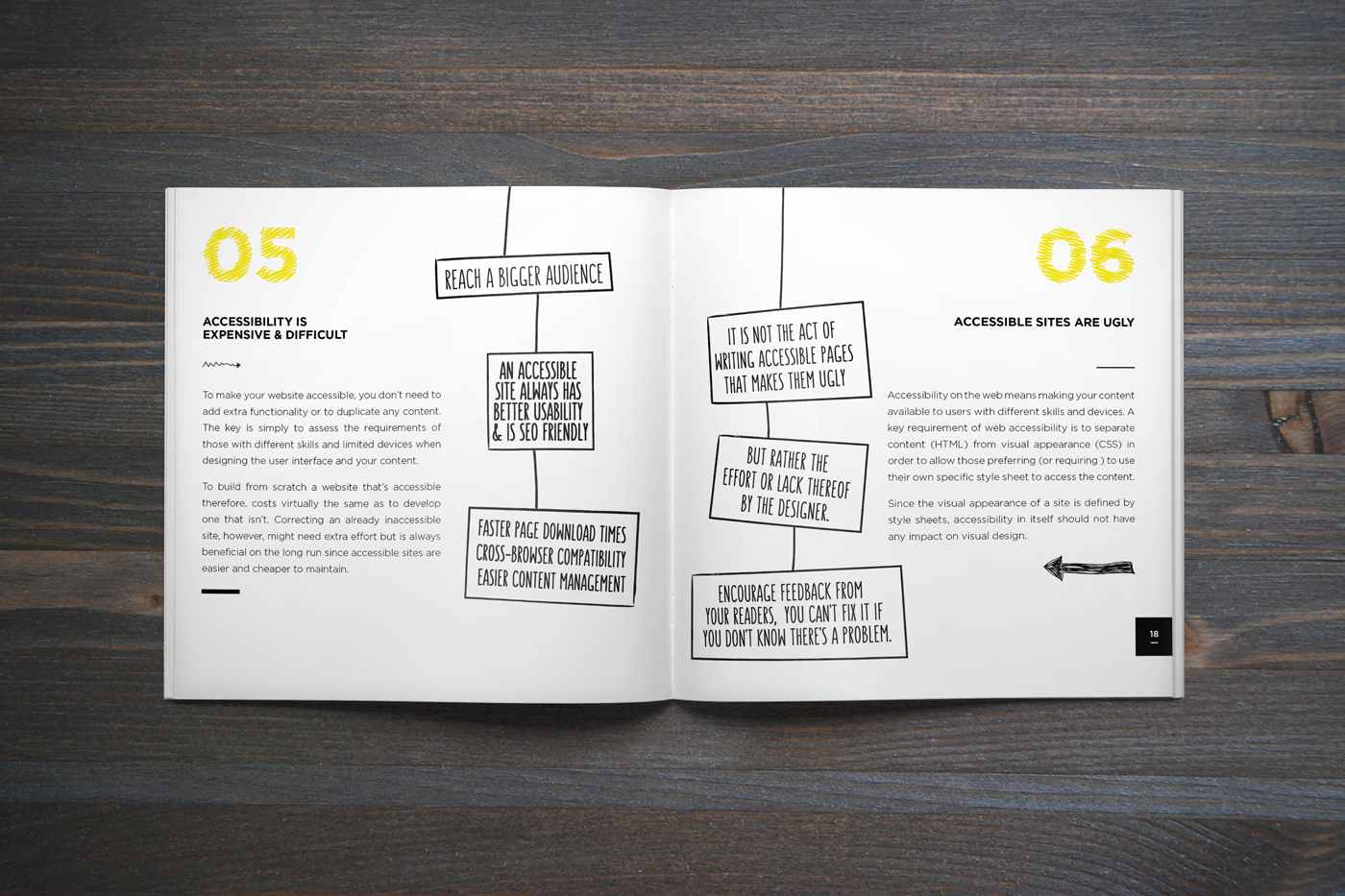
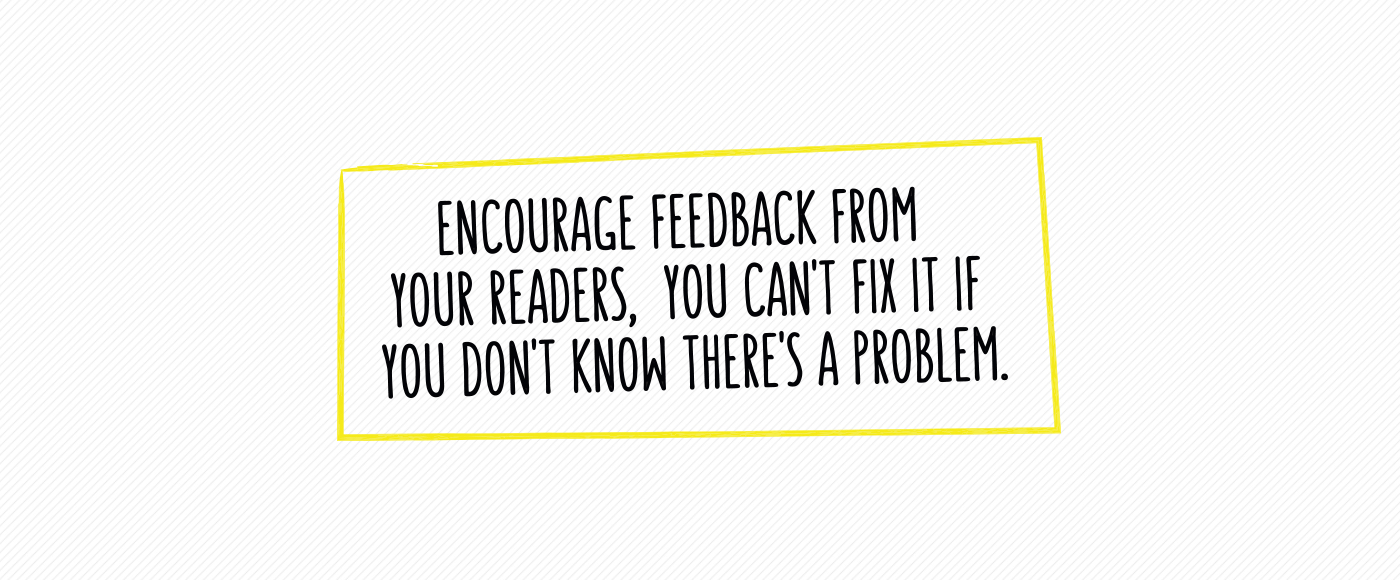
While my intentions of this project wasn't to dive too deeply into what user experience (UX) is or what a UX designer does I will provide my definition so you can better understand why I would find this subject matter so awesome.
User Experience (UX) Designers are primarily concerned with how the product feels. As a UX designer my role would be to explore many different approaches to solving a specific user problem. If you were thinking in terms of building a house, a UX Designer would ensure that the master bedroom could accommodate a double bed, two bedside tables, and a large dresser; that the kitchen is next to the dinning room; and that the only bathroom is not in the basement. Deliverables might include wireframes, storyboards, or sitemaps. By identifying the verbal and nonverbal areas of opportunities, this role would be responsible for the refinement and iterative process to create the “best” user experience.

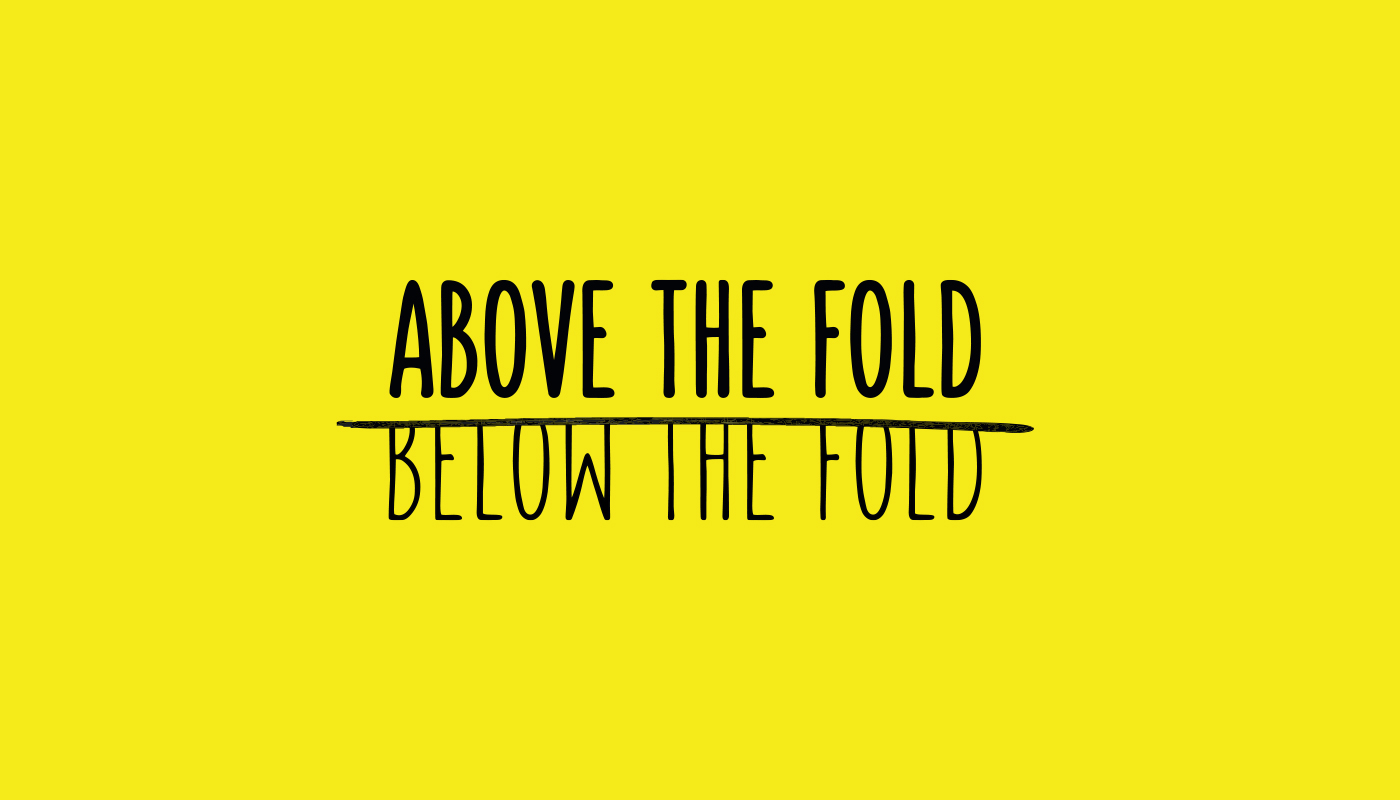

In How to create a good enough website Seth Godin advises that
“there are more than a billion pages on the web” to get inspiration.

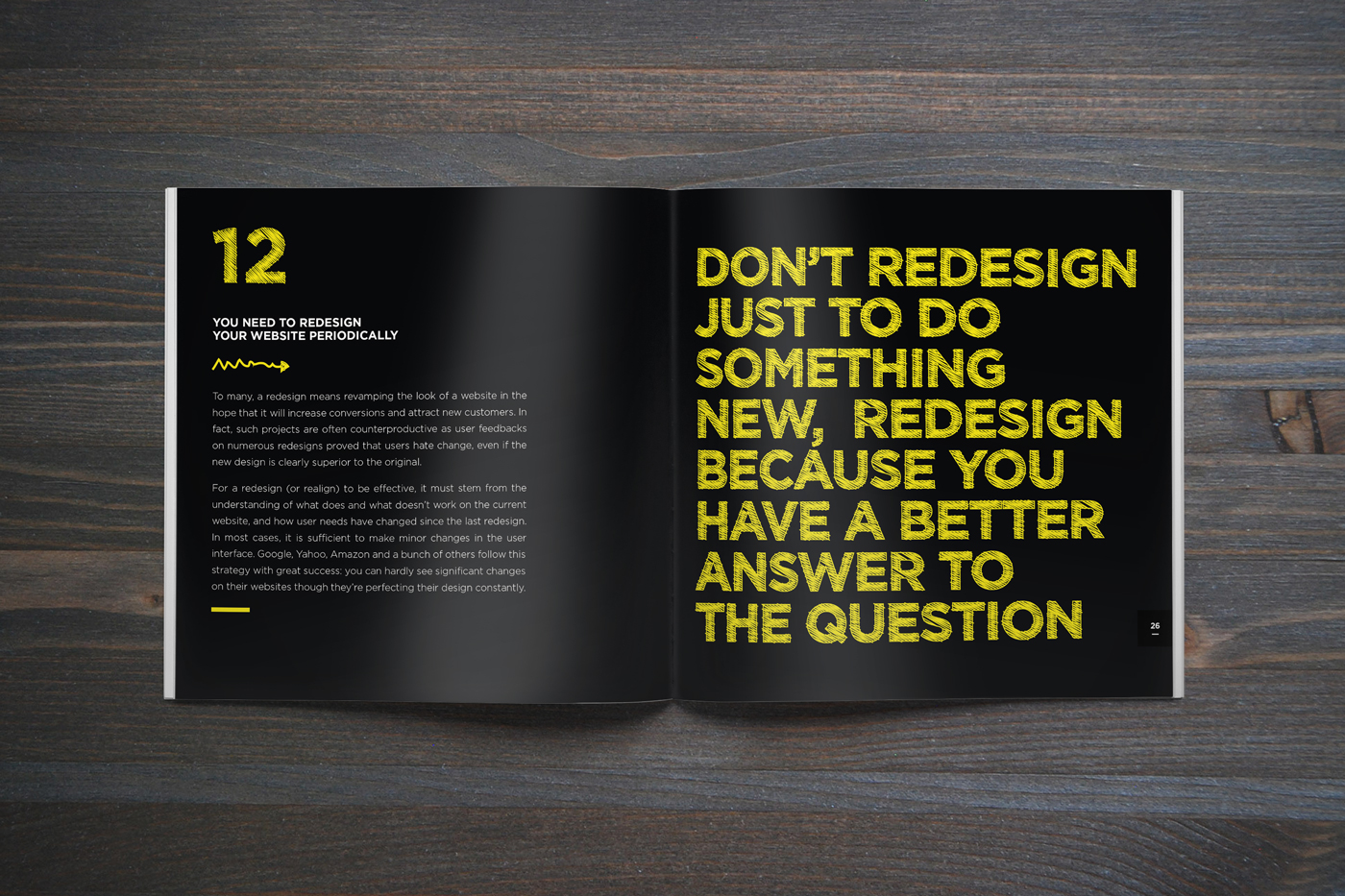
“Don’t redesign just to do something new, redesign because you have a better answer to the question.” warns Paul Scrivens, see To Redesign or Not To Redesign?

Jakob Nielsen states that “One of usability’s most hard-earned lessons is that ‘you are not the user.’ If you work on a development project, you’re atypical by definition. Design to optimize the user experience for outsiders, not insiders.” Growing a Business Website: Fix the Basics First
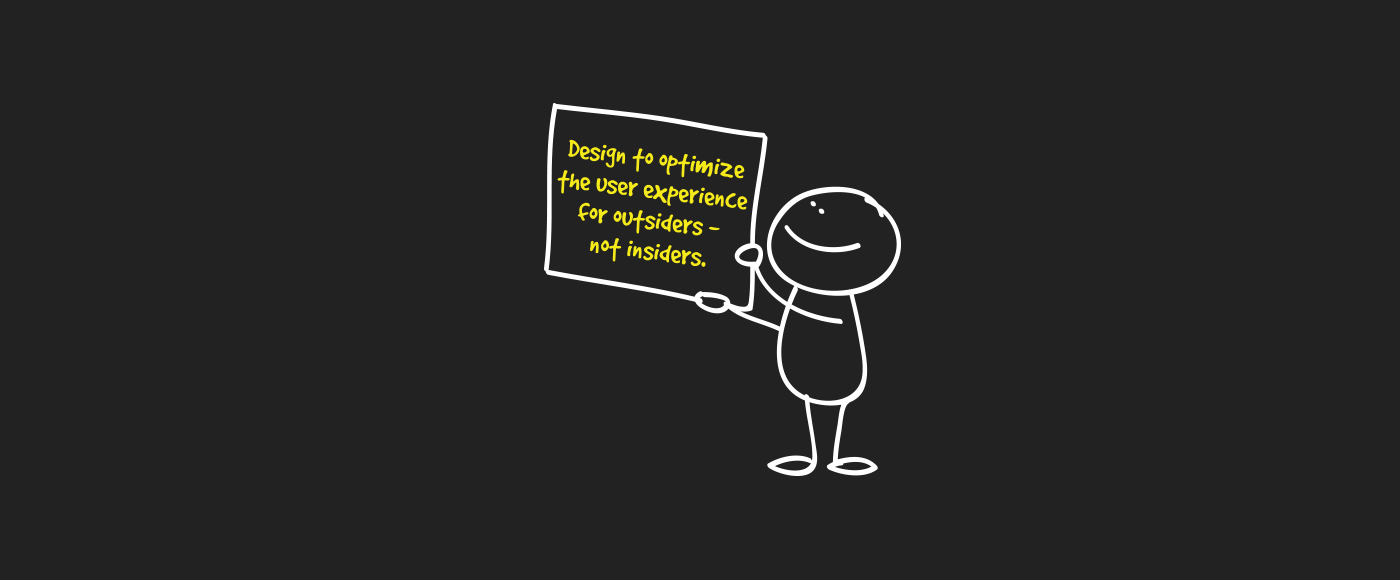
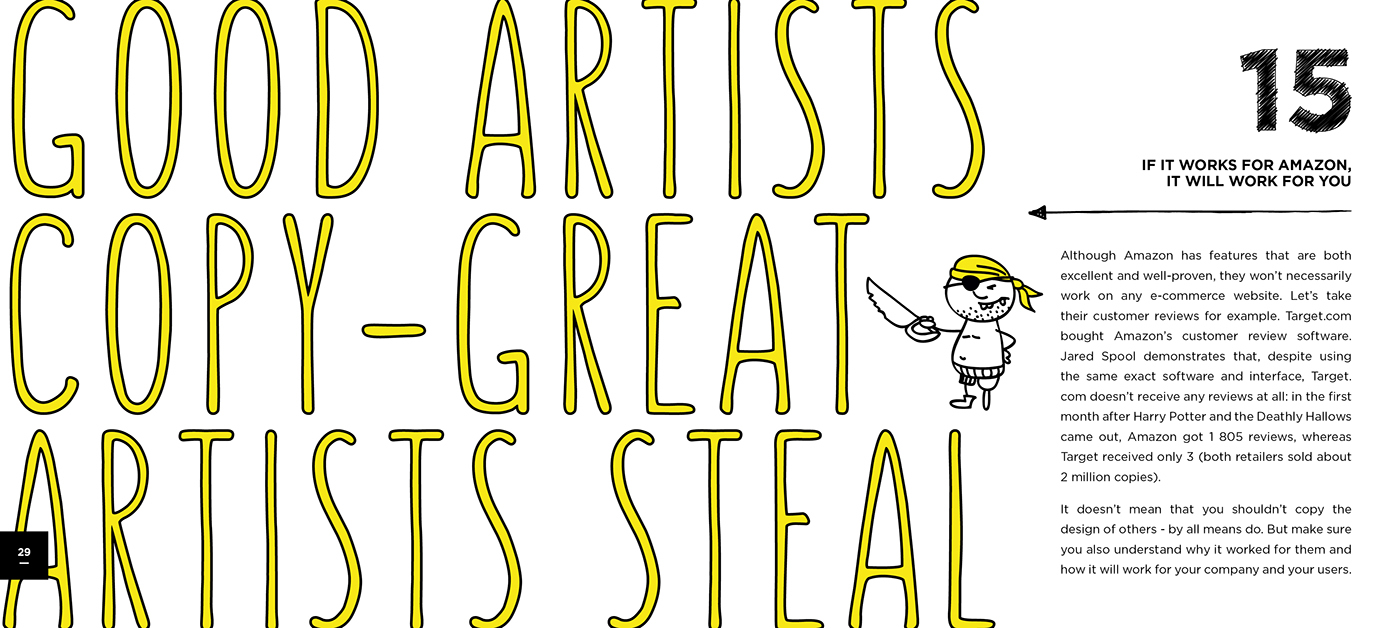
I know, I know I took a few liberties with the myth numbers. All that said, copying or stealing a design cleverly is what designers should do. As Pablo Picasso put it: “Good artists copy. Great artists steal.” Don’t Copy a Design – Steal It, also quoted in Great designers steal by Jeff Veen.
Although in my defense, I borrowed this content. I do want to provide Zoltán Gócza the credit that is due. Often as designer’s we are asked to create experiences using provided content and his made my project that much more enjoyable.



